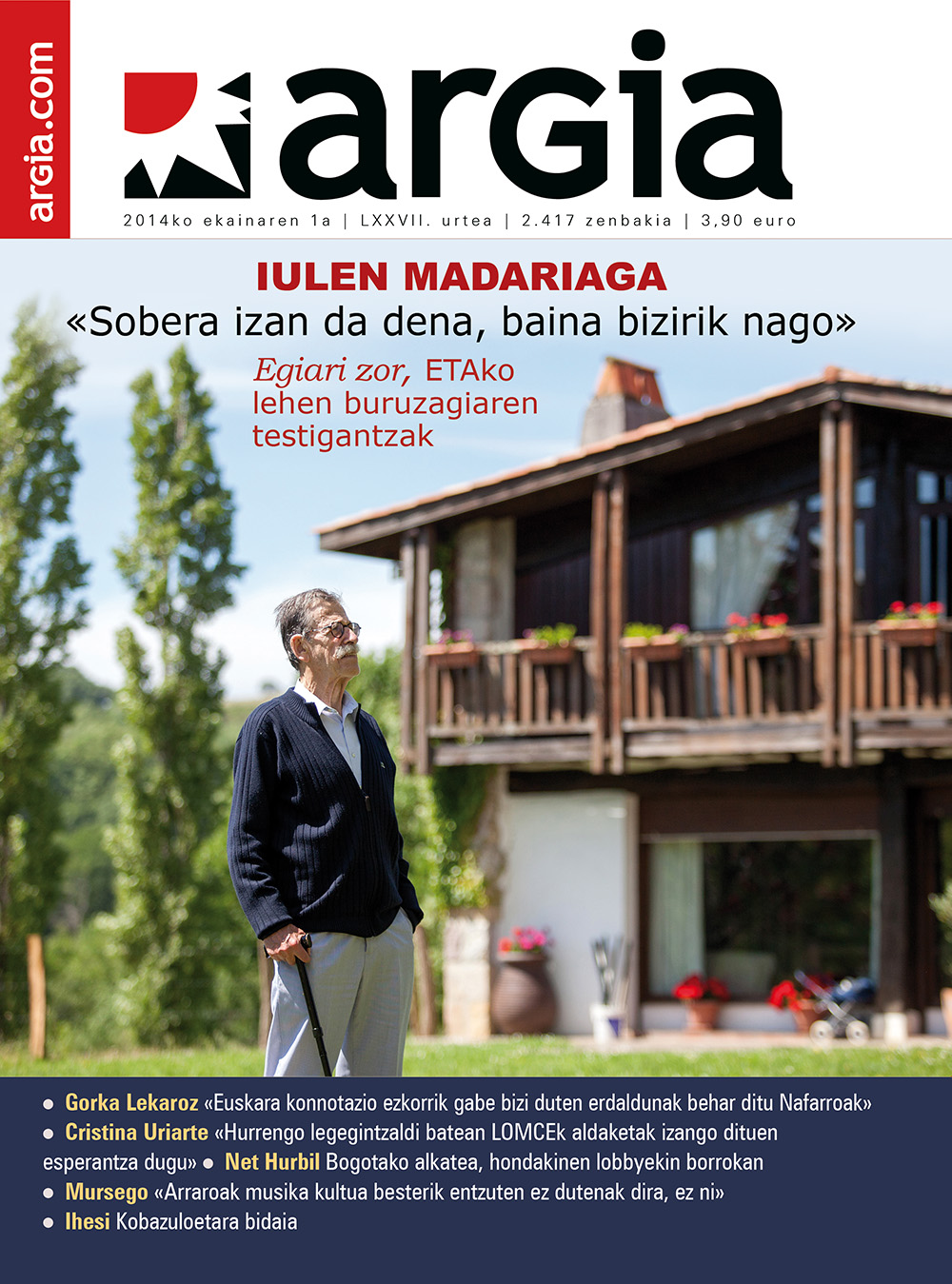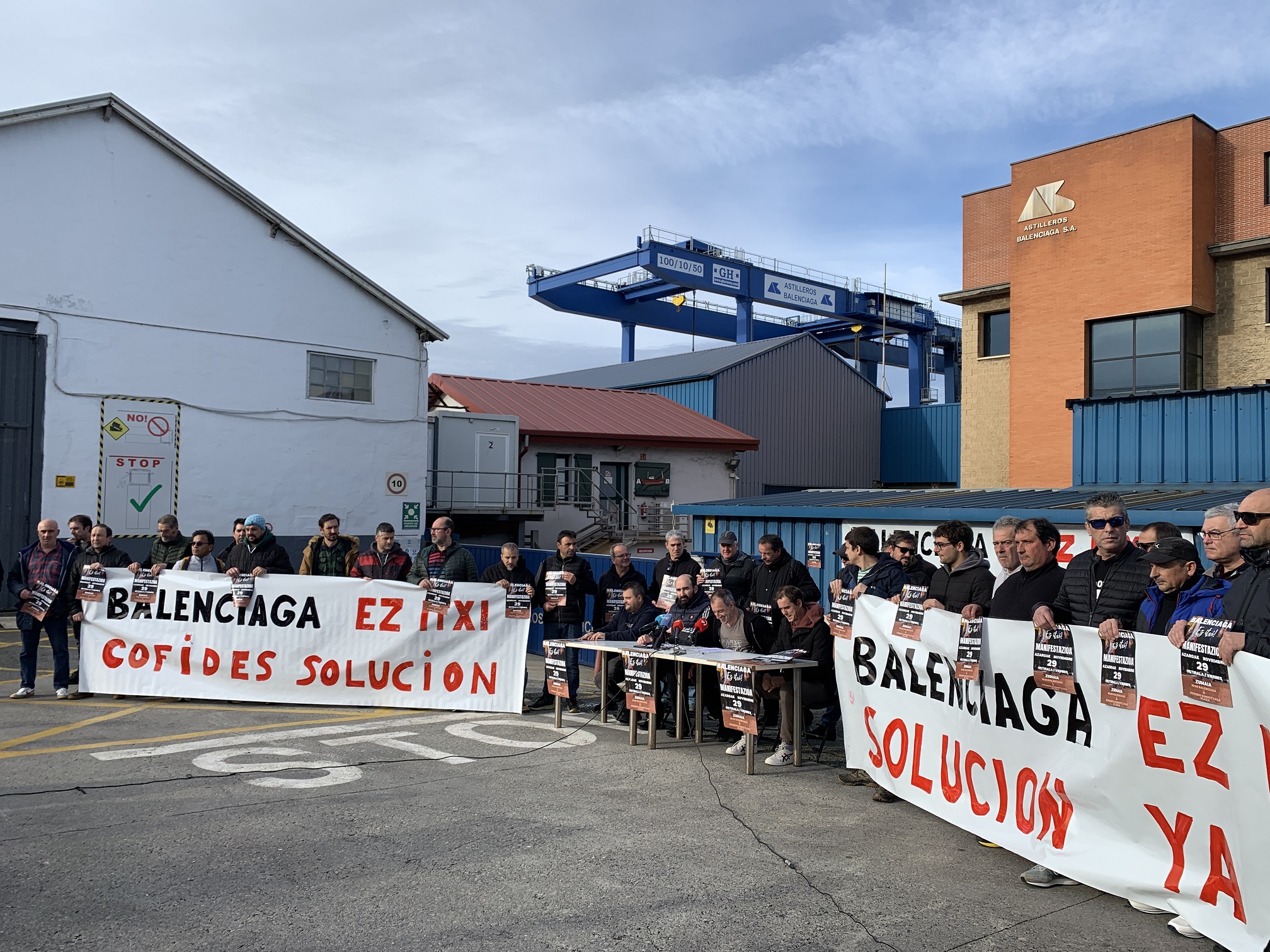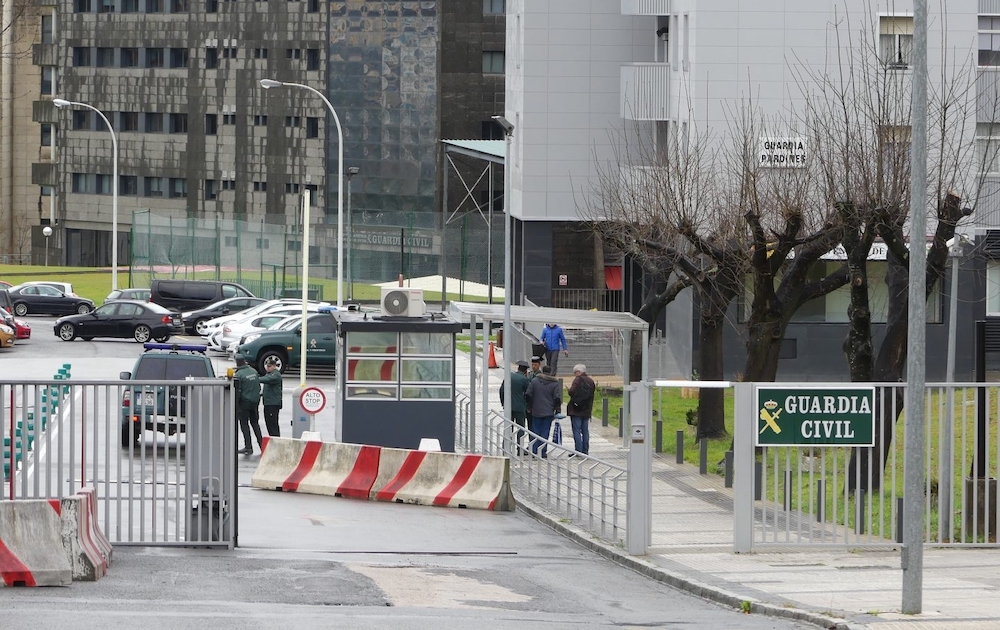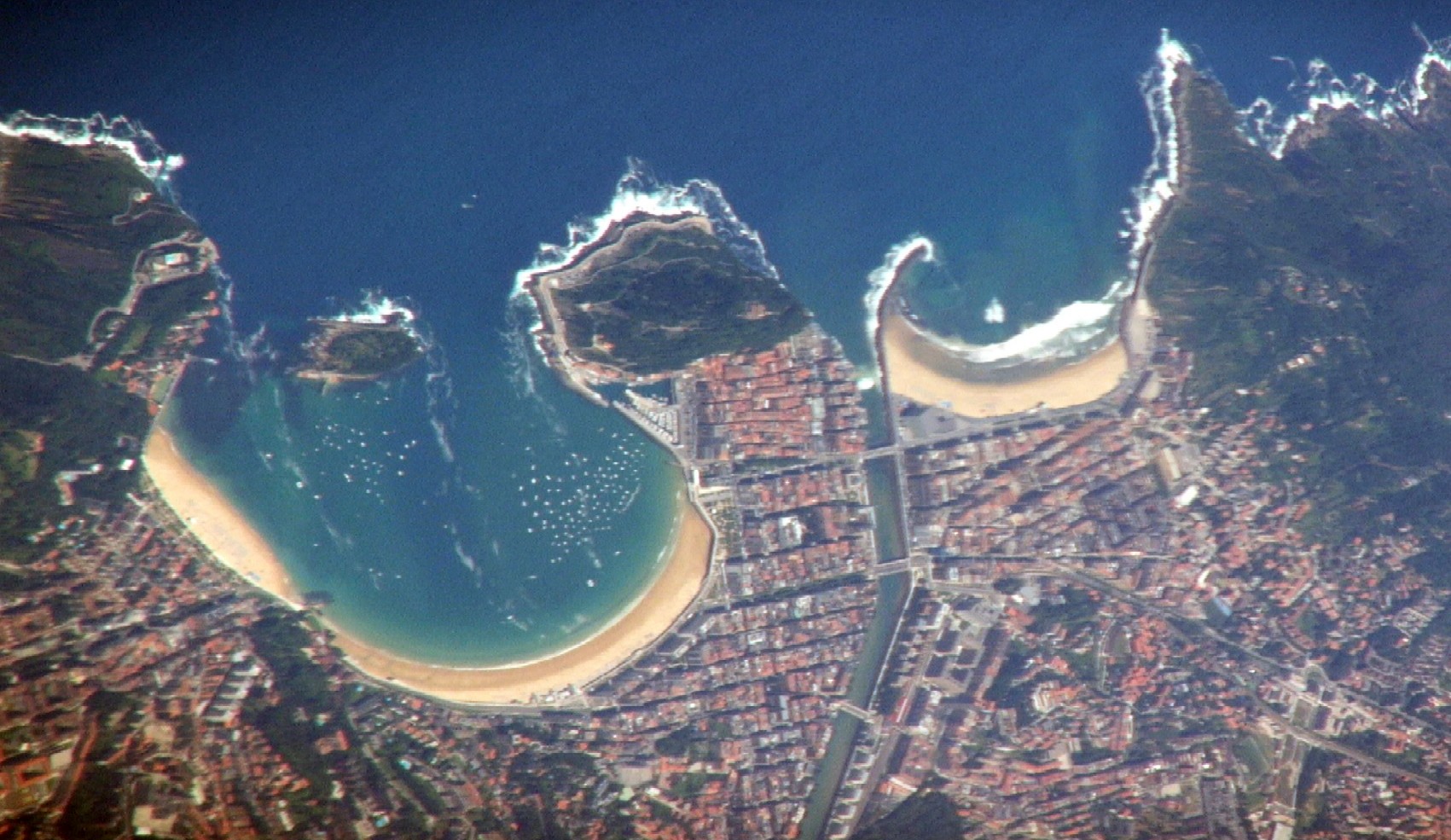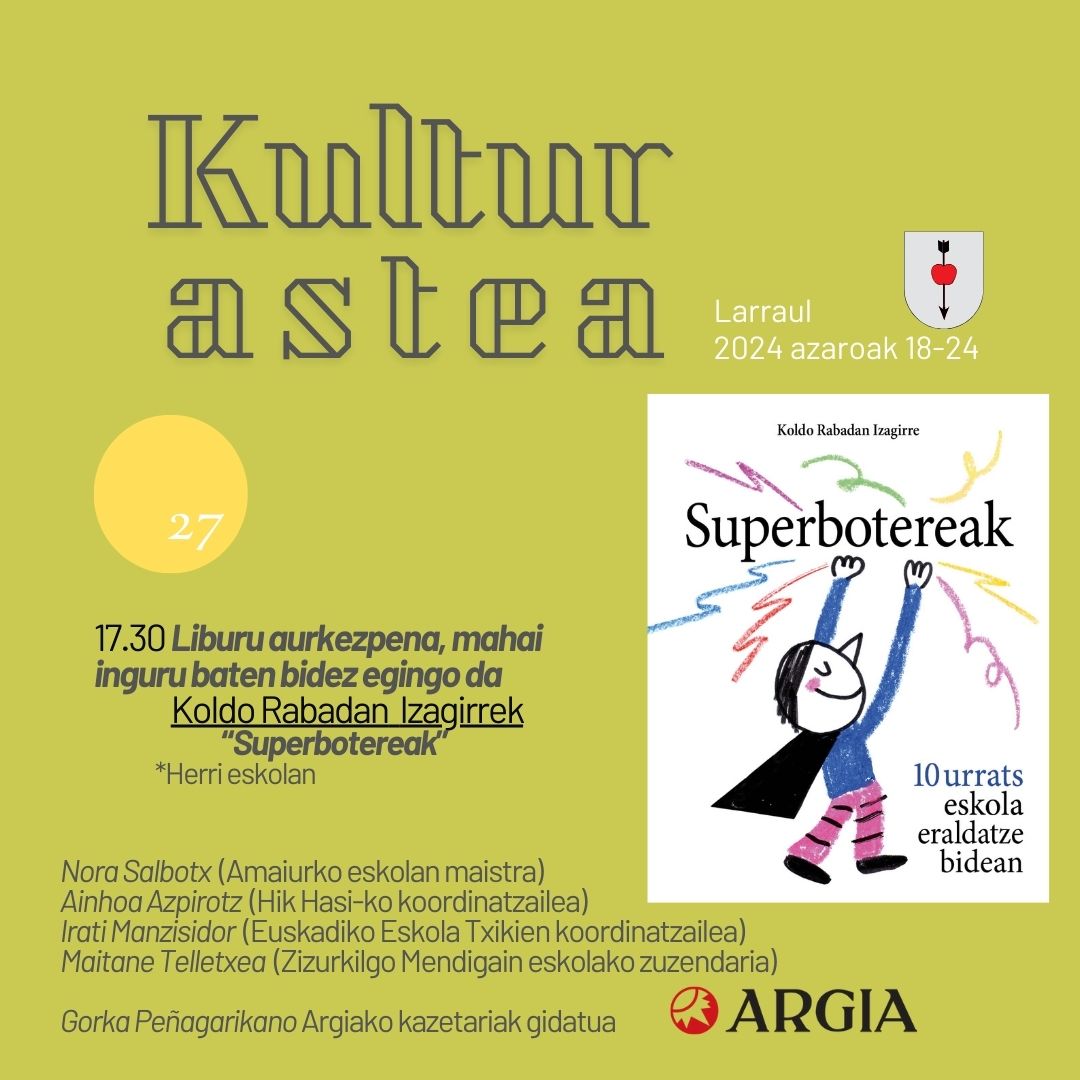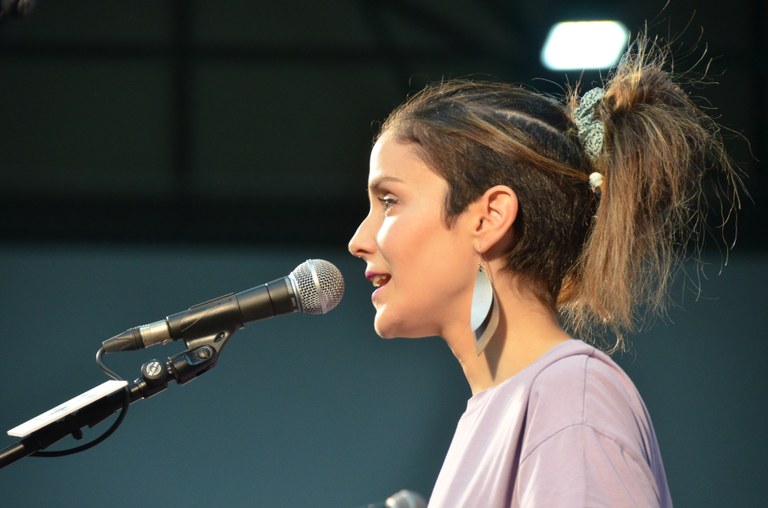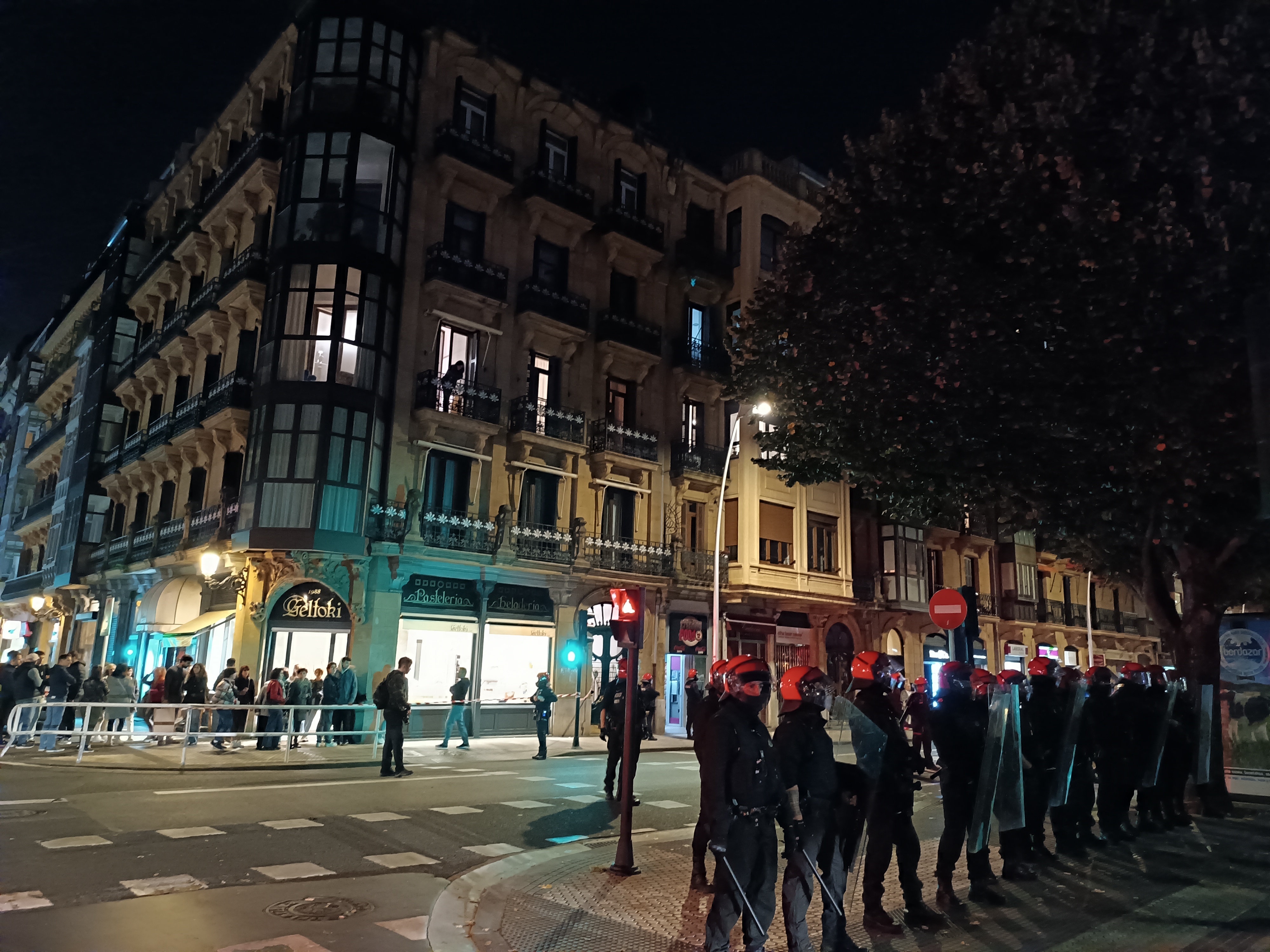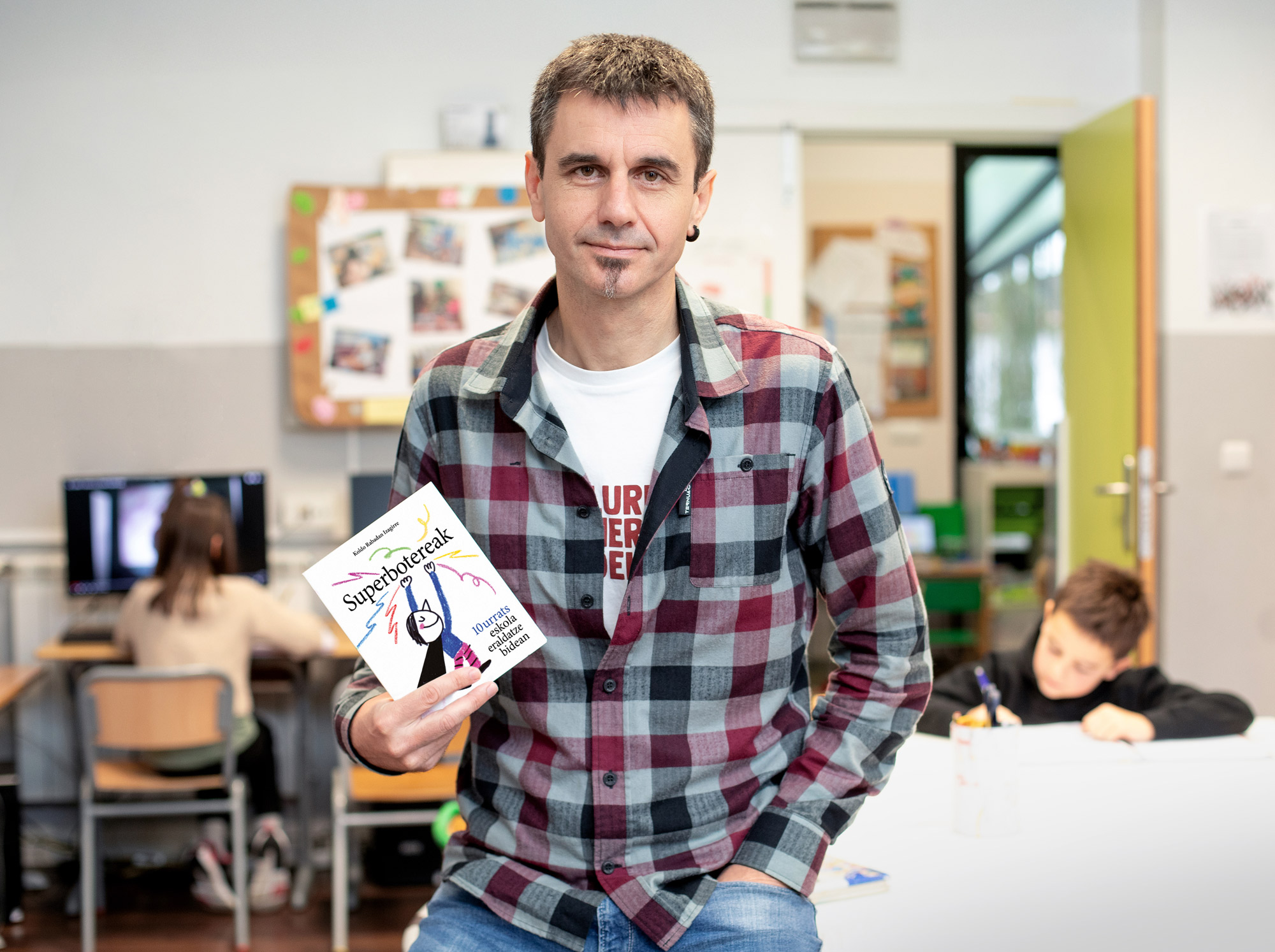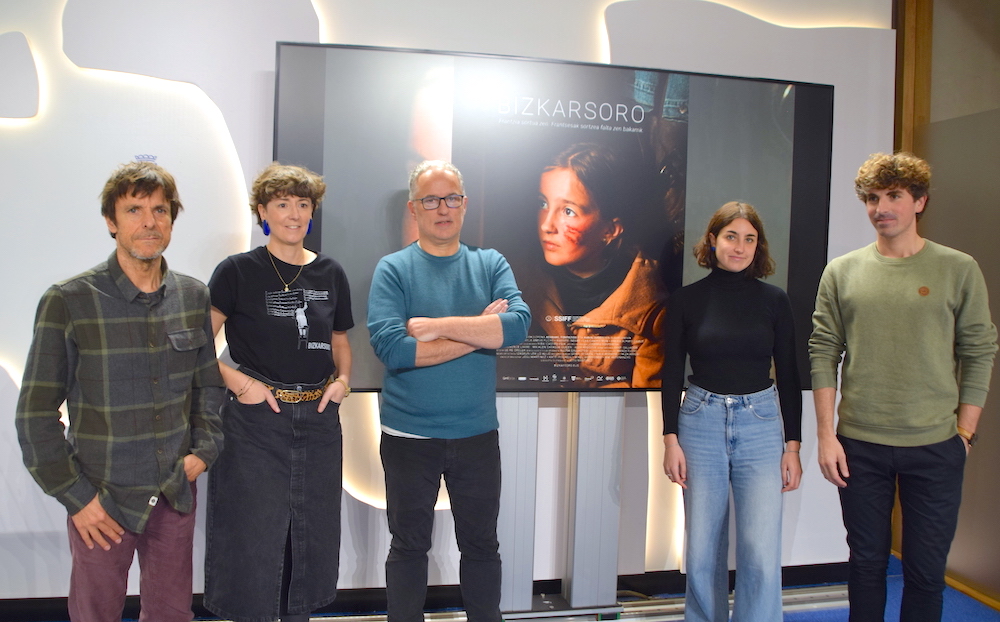Arrikrutz, the fingerprint of the cave lion
- The cave of Oñati-Arrikrutz is located within the karstic complex Gesaltza-Arrikrutz-Jaturabe. On the slopes of Aizkorri and on the road to the Shrine of Arantzazu, in the village of Oñati, at the gates of the Araotz district, is one of the largest caves in Gipuzkoa, in an area specially conditioned by water. Galleries of fifteen kilometers on six floors to travel to the past.
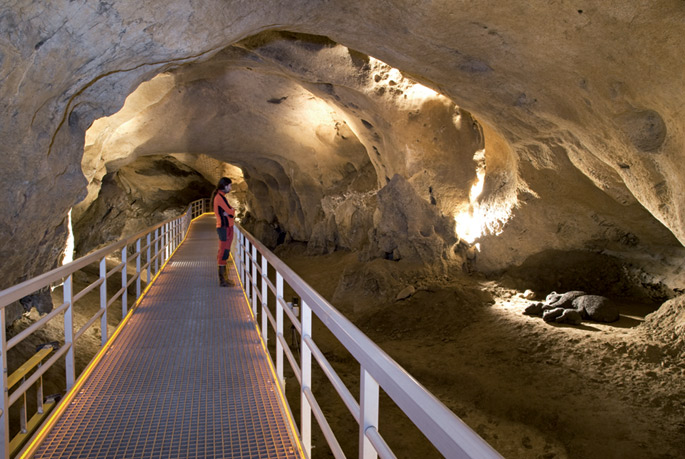
The visitor has the opportunity to see water-molded caves in millions of years since 2007. It is the 53rd gallery of the Cave of Oñati-Arrikrutz that everyone can know, dropping 500 meters. A trip that takes place in an hour, “spectacular”, according to most visitors. This cave, one of the largest in Gipuzkoa, allows the traveler to know the prehistoric fauna of the Basque Country.
In the walks inside the cave, the advanced computer system allows to address a wide variety of themes, from a pedagogical and interesting point of view. The cave of Oñati-Arrikrutz is one of the pioneers in speleology, archaeology and paleontology of the Basque Country. There have been, among other things, indications of the intake of 11 foods. But the main protagonist has been the lion of the cave in recent years. In 1966, Iñaki Zubeldia and Jesús Manuel Maroto discovered the complete skeleton of the animal, about three and a half meters long and about 400 kilos of weight, which was found dead.
Some of the bones of all these animals are hibernated and others of the dead at the time of eating, specifically of the drowned animals when entering and raising the water level. Most bears, for example, died during hibernation, according to archaeologist Álvaro Arrizabalaga.
The lion that popularized Oñati-Arrikrutz
Although the stories of all animals leave visitors in the open, the greatest curiosity, as has been said, is usually that of the lion. It is the only skeleton that has appeared in the Iberian Peninsula. This uniqueness has also revealed the cave of Oñati-Arrikrutz. At present the animal is not present, but in a warehouse of the Basque Government. In any case, the visitor will be able to see and hear their reply along the way. Arrizabalaga says it is “very well done.” And so, the replica produces in the viewer the same impression that the real lion produced.
In addition to the footprints of the fieras, the cave of Oñati-Arrikrutz is "a place of great potential", according to Arrizabalaga, by the sediments of the Quaternary, among others.
Miraculous water of Sandaili
Not only the cave, the legend is important in the visit. Legend has it that the sterile women of the area, to be fertile, bathed in the waters of the cave of Sandaili, very close to Oñati-Arrikrutz, following the customs of the millennial Gentiles. Today, the footprints of this legend can be seen in the area, among other things because there are children's clothing in the same place where sterile women bathed a few years ago. Also impressive is the small hermitage that rises in the same cave of Sandaili.
Erreserbak egiteko, 943 08 20 00 edota www.oinati.eu/turismoa
We live in a context in which anti-feminist and racist hate speech at the global level is on the rise. Far-right narratives are inserted throughout the world by
social networks and political agendas. Racism and anti-feminism have become two great discursive axes that adapt to... [+]









